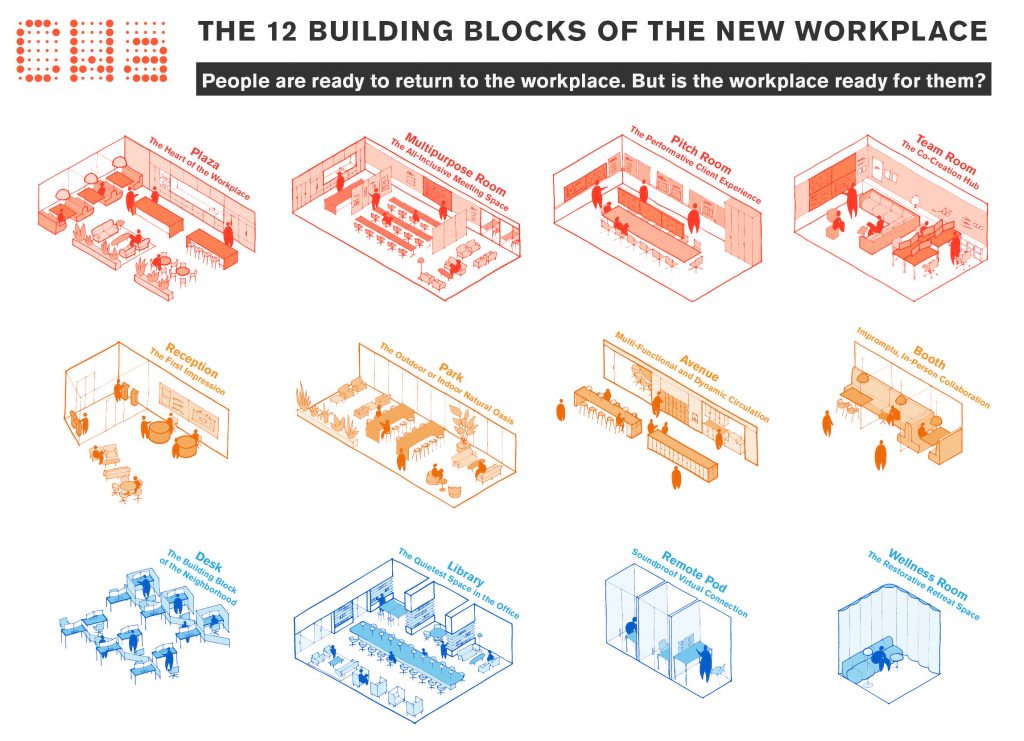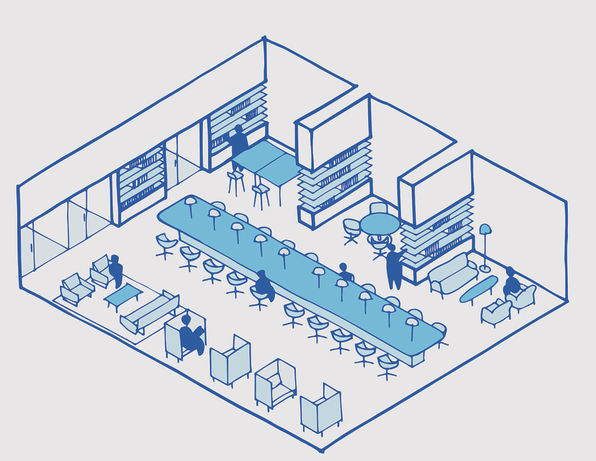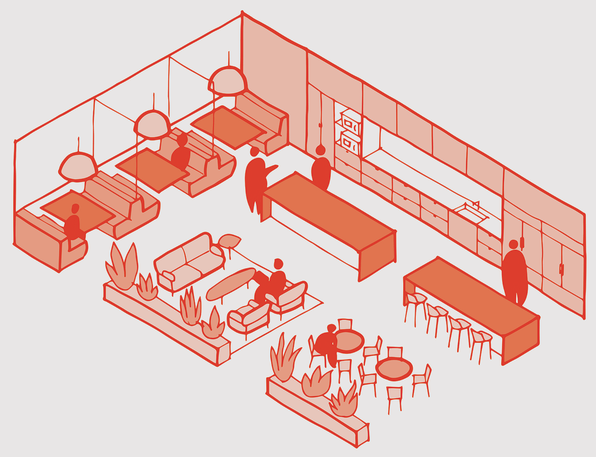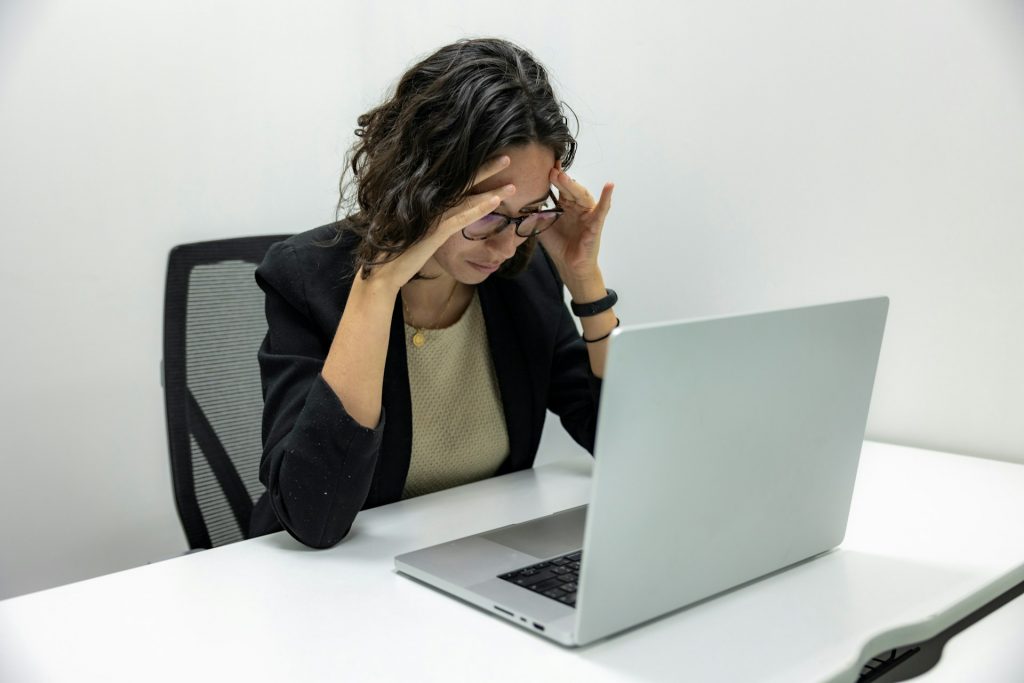And it is not just anyone who says it: the Clive Wilkinson Architects firm has largely popularized them! Let us discover the reasons for this change in situation, as the issue of returning to the office is becoming more real than ever, after more than a year of teleworking for some, due to the pandemic.
Open offices are dead. We really see that being one of the biggest changes to come out of this pandemic and the way people are going to feel coming back into the workplace after working from home for over a year”, indicates Amber Wernick, associate in the famous Californian firm of architects, in an interview with FastCompany magazine.
She knows what she is talking about. Clive Wilkinsons Architects is the company behind the design of Google, Microsoft, TBWA/Chiat/Day and Publicis workspaces. Contributing in this respect to the broad democratization of this open concept model.

Why this sentence?
Already, it should be remembered that these workspaces without walls between individual offices but with a multitude of discussion spaces, were not free from criticism. Despite their undeniable advantages in terms of optimizing the office space for companies or opening up teams, open-plan offices were accused of being noisy, not quite so conducive to collaboration or even downright sexist.
The pandemic has not fixed their image. This is what Amber Wernick realized, and in recent months, she has conducted a survey of clients to understand their new needs and those of their employees.
This is where the challenging questions begin: Why will people come back to the office? How will the office perform? Who will come to the office and how often? How does the office need to change based on all this?”, she writes on her firm’s blog.
The answers? There is no standard solution that will match the future of everyone’s work. Ranging from “work anywhere” to “100% in-office”, there is a wide range of hybrid possibilities.
The office architects propose a workspace of the future in 12 distinct blocks to respond to different desired uses, depending on the employees, the tasks to be performed or the times of the day. Here are a few.

Source: Clive Wilkinson architects
The library: the quietest space in the office
A place that looks like an open space in every way… without the noise! This type of space is intended to be an office without an assigned place so that everyone can come to find calm and concentration, while reducing any risk of distraction.
In other words, it is a space that could bring back employees who are unable to fully concentrate at home or who can occasionally be used for specific tasks such as writing, creating, or reading documents.

The plaza: the heart of the workplace
Another space for another use. A place of living and physical interaction, after months of online meetings. The architects of Los Angeles imagine here a kitchen and a large dining area to create a living place of activity. Like a kitchen in a house.
It is typically the place where one comes to serve a coffee and where one has the chance to meet spontaneously various people, with whom one would surely never have interacted otherwise. Moments that have clearly disappeared virtually and yet can lead to greater team cohesion.
It should be noted that this is a radical shift towards offices that have multiplied small kitchens per floor or space, to allow employees to have a coffee or their meal quickly before returning to their office. On the contrary, the idea here is to get them out of their direct neighbouring zone and to give everyone the opportunity to gather in one place. Once immune to COVID of course!

The avenue: a multi-functional and dynamic circulation
Make each space a potential place for discussion and interaction. In this avenue, a travel zone, it is possible to stop for a few minutes to catch up with a colleague you run into.
It can also serve as an intermediary place, after a meeting for example, to digging deeper into a specific topic between just a few people, before returning to your workstation.

Of course, companies are not obliged to set up these 12 dedicated spaces. But it can give them ideas to make their workspaces more diverse and in line with new standards.
The pandemic has accelerated many of the concepts our clients have been asking us for over the past decade, Wernick says. Having been forced to work from home and away from their office, I think it opened their minds to what a workspace can be used for”.




